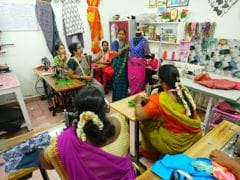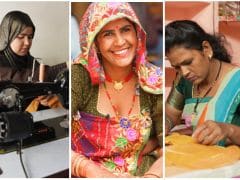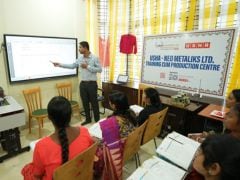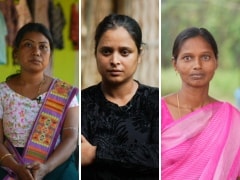- Home/
- How Bihar NGO, Bhojpur Mahila Kala Kendra Helped Rural Women Earn Livelihood During COVID-19
How Bihar NGO, Bhojpur Mahila Kala Kendra Helped Rural Women Earn Livelihood During COVID-19
Bihar is well known for being the birthplace of two of the biggest religions in the world in Buddhism & Jainism and for being home to one of the world's oldest universities, Nalanda. It's perhaps a little less known as the place where the art form of Sujani embroidery was born. Sujani was born out of necessity, when patches of old clothes, like saris and dhotis were stitched together to make swaddling clothes for newborn babies.
These soft cloths were then embellished with motifs and designs, using colourful threads, and so Sujani embroidery came into being.
Also Read: USHA-TATA Power Provide Clean Energy For Sewing Machines In UP's Lakhimpur
The word itself is derived from Su, which means facilitating and Jani meaning birth. Sujani embroidery is now used for more than just babies' quilts. Sujani motifs now add colour and meaning to cushion covers, kurtas, sarees, dupattas and other items of clothing & home furnishing.
The motifs themselves range from deities, flowers & peacocks to sun, cloud and fertility symbols. Sujani is not just a traditional craft, it is also a way to convey social and political messages. It has been giving a voice to the women of Bihar, and now is empowering them in different way.
The USHA Silai School programme has played a critical role in restoring and promoting traditional art and crafts, and some of the masters of Sujani now have their own Silai schools. Two of them are pioneers in empowering their community in the villages of Ara, in Bhojpur District – teaching old crafts as new skills to a new generation of Silai heroes.
Speaking about her experience, USHA Silai school trainee, Rita Devi said,
I have been associated Anita Ji since 2007. I did not know anything about the Bhojpur Mahila Kala Kendra or any of these art forms. But I had a keen interest. If I saw something pretty, or something made by the women in the village, I would also want to do something similar. But I had no clue how it was made, nor did I know who would teach me.
Another trainee, Geeta Devi spoke about how COVID-19 pandemic brought everything to a halt and made it difficult to meet the daily needs.
During the pandemic, when we were all sitting at home with no work at all, the women decided to make a group and start some form of work. We had experts in Sujani join us from outside, and we also had women amongst us who knew a little Sujani embroidery,the simple kind that we make at home. We thought of using the old cloth at home to experiment with new designs. That is how Sujani was done earlier, on old clothes. So, we tried some fresh ideas and experimented with new designs.
Also Read: How USHA-TATA Power Silai Schools Are Utilising Solar Energy In Bihar's Muzaffarpur
And that is the other goal with which USHA is reviving and teaching Sujani embroidery in Bihar - to breathe new life into old clothes by upcycling them, and therefore reducing textile waste. Some reports estimate that up to 7,800 kilotonnes of textile waste is accumulated in India annually. Sujani embroidery began by stitching together old saris and dhotis, and then sewing colourful threads onto them. So not only is its revival by the USHA Silai Schools keeping old clothes out of landfills, it is also empowering women in about 15 villages, including Ara, in the Bhojpur district of Bihar. A classic technique to solve a modern problem.
Ms. Devi further said,
We use old clothes for this. The Sujani pieces we use in our homes, are all from old clothes. We use the old clothes to make door mats, and things for our little children. But what we sell in the market is all from new cloth.
Ms Rita Devi said,
We cut the cloth into four equal sized parts. We create the outlines, and then do the embroidery within the outlines. Once the embroidery is complete, we layer it with more cloth. Once multiple layers of cloth have been added on, we do the piping by hand.
Also Read: In Odisha, USHA And NGO Gram Utthan Are Empowering Women By Providing Employment Opportunities
In 2021, Ms. Rita saw the story of Kusum Devi, an USHA Silai School Teacher on Kushalta Ke Kadam, and was inspired to make Sujani art. She got Sujani Training from Kusum Devi herself and established herself as a noted trainer of “Sujani” along with being an USHA Silai School Teacher. The women learning Sujan embroidery have the support of Bhojpur Mahila Kala Kendra, an NGO that is working in collaboration with USHA Silai School to implement the programme on the ground.
The training they provided helped these women in their worst times, providing them a source of earning during the COVID pandemic. Secretary of Bhojpur Mahila Kala Kendra, Anita Gupta, discusses how the NGO decided to revive the traditions and modernise them.
The women of the USHA Silai Centre were just sitting at home during the pandemic. They were unable to find any work and many women had come back to the village because of that reason. So, we thought of reviving old traditions from the time of our grandmothers during this period. Now we are thinking about how to modernise it to make the best product, which has a high demand in the market. We are also planning to showcase this Sujani work in a fashion show, with help from USHA. We want to sell Sujani products around the world so that we the art form gets global recognition and our women get empowerment.
Silai school teachers Ms. Rita and Ms. Geeta have trained a large number of women, and through the USHA Silai School programme have used a traditional form to bring revolutionary change to the lives of the women. Ms. Rita Devi said that USHA has changed the lives of rural women for good.
USHA has really helped us a lot, and we are happy to be associated with USHA. Wherever we go, we are referred to as the “ladies who have come from USHA”. We are being trained today by people who have been trained by USHA. We like it a lot. It is a matter of pride for us that we are associated with USHA.
Such is the artistry of Sujani embroidery that it has also been given the UNESCO Seal of Excellence Award in 2019. And with the USHA Silai school teaching even more intricate innovations to new learners, the future of Sujani, and the women who practice it, looks bright.
Also Read: USHA's First Residential Training Programme In Kargil Gave Birth To 25 Silai Schools In Ladakh
also read
Threads Of Courage: Usha Silai School's Kushalta Ke Kadam Weaves Dreams Into Reality
Team NDTVStitching New Beginnings: How Usha Silai Schools Transformed Three Women's Lives
Written by Team NDTVUSHA x NDTV: From Uttar Pradesh To Bihar, Corporate Partnerships Drive Financial Freedom For Rural Women
Team NDTV
Related Stories
More- Team NDTV | Wednesday January 07, 2026
From Madhya Pradesh's stigma to Bihar's child marriages, Usha Silai School's NDTV-backed Kushalta Ke Kadam empowers women like Kalpana and Shabnam to stitch dignity and self-reliance
- Written by Team NDTV | Friday January 02, 2026
Usha Silai Schools give second chances to women like Srinagar's Marifat, who rebuilt after widowhood; Madhya Pradesh's Jyoti, escaping abuse to run her own center; and Rajasthan's Vimla, rising from child marriage to tailor and teacher. Through nine-day training, they gain sewing skills, confidence, and income proving one stitch mends lives and inspires communities.
- Team NDTV | Friday December 26, 2025
A new wave of corporate-community partnerships is equipping rural women with skills, income and confidence
- Written by Team NDTV | Friday December 12, 2025
USHAs Silai School Programme empowers women across India by turning sewing into independence. Women become trainers and leaders, transforming their lives and communities through skills, confidence, and income
Adopt a Silai School
About the Initiative
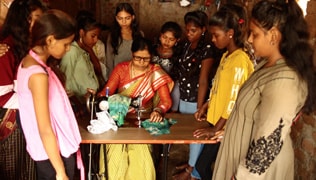
Kushalta Ke Kadam, an initiative by USHA Silai School and NDTV has entered its eighth season. The aim is to empower more women across rural India by teaching them sewing skills and helping them open new doors of opportunities for themselves. The initiative encourages rural women to become financially independent and entrepreneurs by taking up sewing and training others in their respective communities.
Since 2011, the USHA Silai School initiative has trained more than 12 lakh rural women through over 33,000 Silai schools, spanning over 20,751 villages across India.
The women earn Rs. 4,000 – 5,000 per month on an average, with the highest recorded monthly earning being Rs. 84,000 in a month. This earning works as a catalyst towards building their self-confidence, reducing gender inequities, and raising their stature within their families and in society at large.
In Pics
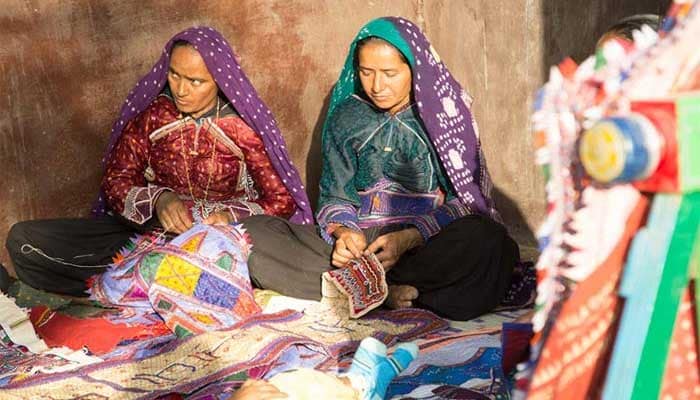
Rebari girls grow up learning traditional embroidery, which along with their new found sewing skills developed at Usha Silai Schools, is helping them earn a living.
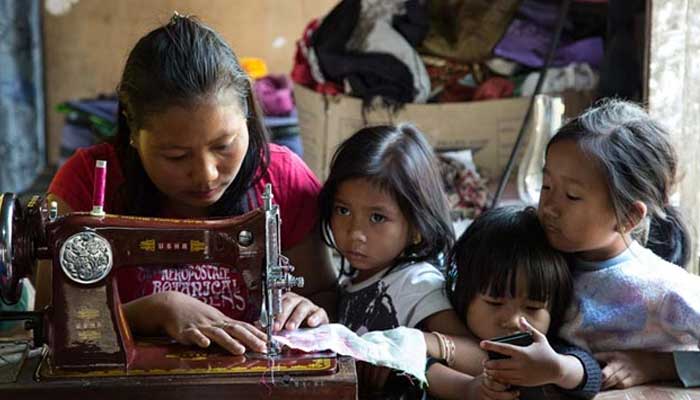
Usha Silai School has empowered many rural women to support their family and send their children to school.
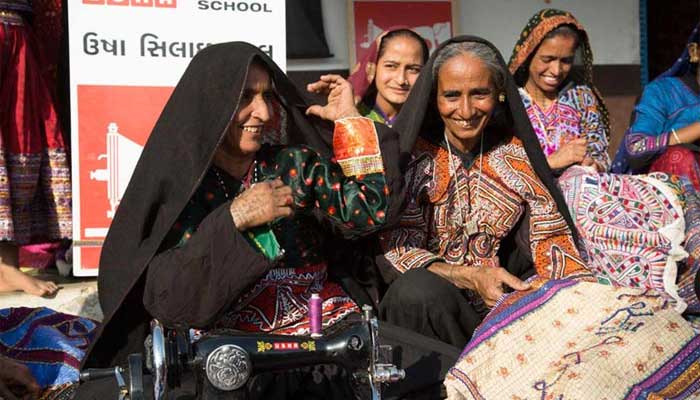
The Usha Silai School, established in a small nondescript village that goes by the name of Kottai, is helping empower people from varied communities.
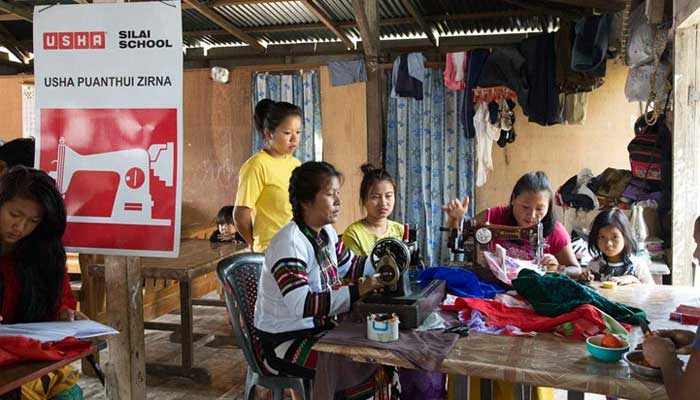
The all-inclusive Usha Silai School Programme covers the entire nation from hamlets tucked between hills to villages cast by the sea.
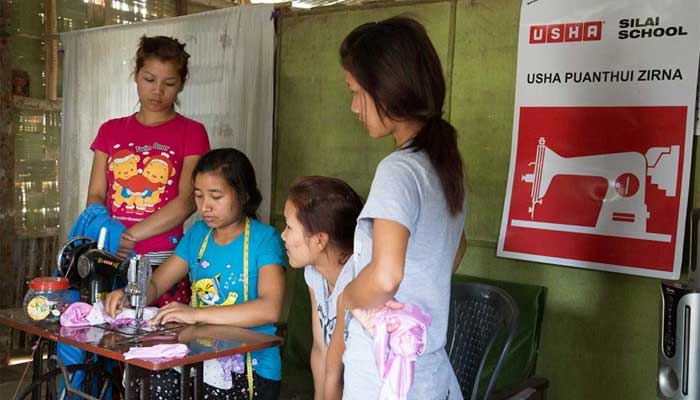
Vegetables farmers from the Mizoram hills earn very little given the topography of the area. Usha Silai Schools have played an important part in this region by skilling women to financially contribute towards their households.

Usha Silai School learner Lucy has trained seven other women in her community, helping them to become financially independent.

Women like Kaviben from the nomadic Rebari community are finally laying down their roots as they begin to gain financial independence and thereby stability through Usha Silai School.

Usha Silai School, located in the Gujarat's Bhuj village, is enabling rural women to earn as much as Rs. 2,500-4,000 each month.
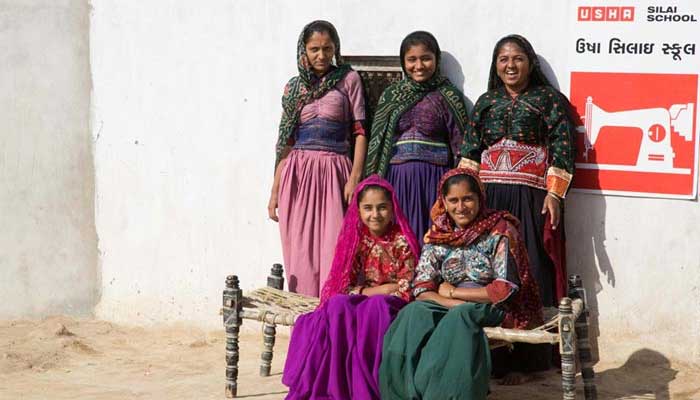
Usha Silai School, in association with a Gujarat based NGO called Kala Raksha, is trying to bring about a Silai revolution in Bhuj.
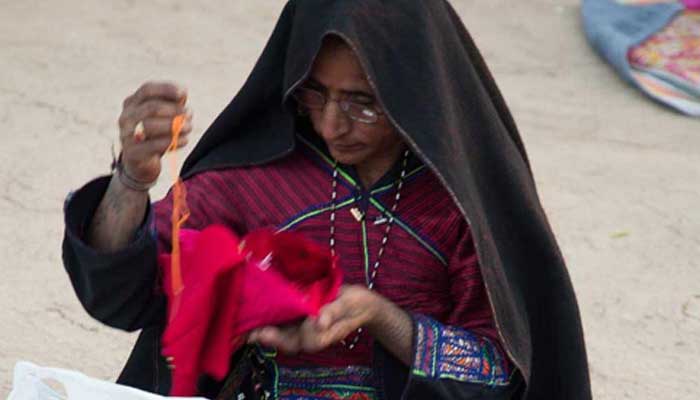
Besides training other women from their community, many Usha Silai School learners have become entrepreneurs in their own right.

With sewing becoming easily accessible and lucrative, the silai schools are also helping revive traditional motifs and designs.

